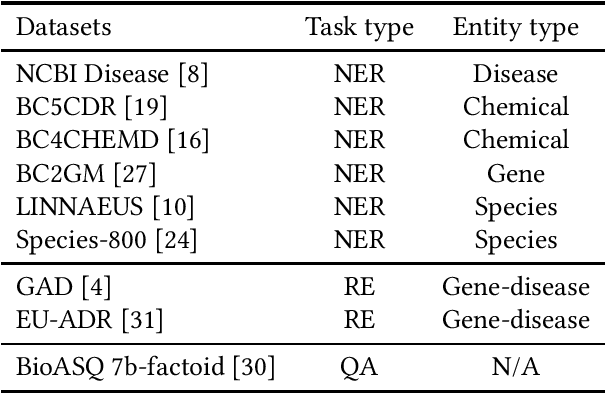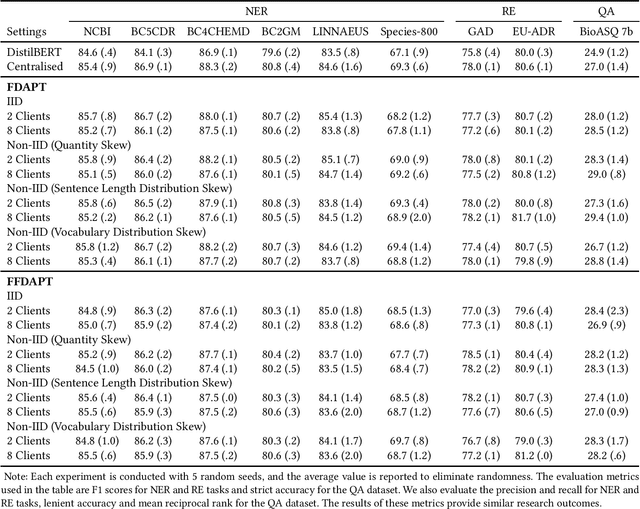Lekang Jiang
Patent-CR: A Dataset for Patent Claim Revision
Dec 03, 2024Abstract:This paper presents Patent-CR, the first dataset created for the patent claim revision task in English. It includes both initial patent applications rejected by patent examiners and the final granted versions. Unlike normal text revision tasks that predominantly focus on enhancing sentence quality, such as grammar correction and coherence improvement, patent claim revision aims at ensuring the claims meet stringent legal criteria. These criteria are beyond novelty and inventiveness, including clarity of scope, technical accuracy, language precision, and legal robustness. We assess various large language models (LLMs) through professional human evaluation, including general LLMs with different sizes and architectures, text revision models, and domain-specific models. Our results indicate that LLMs often bring ineffective edits that deviate from the target revisions. In addition, domain-specific models and the method of fine-tuning show promising results. Notably, GPT-4 outperforms other tested LLMs, but further revisions are still necessary to reach the examination standard. Furthermore, we demonstrate the inconsistency between automated and human evaluation results, suggesting that GPT-4-based automated evaluation has the highest correlation with human judgment. This dataset, along with our preliminary empirical research, offers invaluable insights for further exploration in patent claim revision.
Can Large Language Models Generate High-quality Patent Claims?
Jun 27, 2024Abstract:Large language models (LLMs) have shown exceptional performance across various text generation tasks but remain under-explored in the patent domain, which offers highly structured and precise language. This paper constructs a dataset to investigate the performance of current LLMs in patent claim generation. Our results demonstrate that generating claims based on patent descriptions outperforms previous research relying on abstracts. Interestingly, current patent-specific LLMs perform much worse than state-of-the-art general LLMs, highlighting the necessity for future research on in-domain LLMs. We also find that LLMs can produce high-quality first independent claims, but their performances markedly decrease for subsequent dependent claims. Moreover, fine-tuning can enhance the completeness of inventions' features, conceptual clarity, and feature linkage. Among the tested LLMs, GPT-4 demonstrates the best performance in comprehensive human evaluations by patent experts, with better feature coverage, conceptual clarity, and technical coherence. Despite these capabilities, comprehensive revision and modification are still necessary to pass rigorous patent scrutiny and ensure legal robustness.
Artificial Intelligence Exploring the Patent Field
Mar 06, 2024Abstract:Advanced language-processing and machine-learning techniques promise massive efficiency improvements in the previously widely manual field of patent and technical knowledge management. This field presents large-scale and complex data with very precise contents and language representation of those contents. Particularly, patent texts can differ from mundane texts in various aspects, which entails significant opportunities and challenges. This paper presents a systematic overview of patent-related tasks and popular methodologies with a special focus on evolving and promising techniques. Language processing and particularly large language models as well as the recent boost of general generative methods promise to become game changers in the patent field. The patent literature and the fact-based argumentative procedures around patents appear almost as an ideal use case. However, patents entail a number of difficulties with which existing models struggle. The paper introduces fundamental aspects of patents and patent-related data that affect technology that wants to explore or manage them. It further reviews existing methods and approaches and points out how important reliable and unbiased evaluation metrics become. Although research has made substantial progress on certain tasks, the performance across many others remains suboptimal, sometimes because of either the special nature of patents and their language or inconsistencies between legal terms and the everyday meaning of terms. Moreover, yet few methods have demonstrated the ability to produce satisfactory text for specific sections of patents. By pointing out key developments, opportunities, and gaps, we aim to encourage further research and accelerate the advancement of this field.
Towards Temporal Edge Regression: A Case Study on Agriculture Trade Between Nations
Aug 15, 2023



Abstract:Recently, Graph Neural Networks (GNNs) have shown promising performance in tasks on dynamic graphs such as node classification, link prediction and graph regression. However, few work has studied the temporal edge regression task which has important real-world applications. In this paper, we explore the application of GNNs to edge regression tasks in both static and dynamic settings, focusing on predicting food and agriculture trade values between nations. We introduce three simple yet strong baselines and comprehensively evaluate one static and three dynamic GNN models using the UN Trade dataset. Our experimental results reveal that the baselines exhibit remarkably strong performance across various settings, highlighting the inadequacy of existing GNNs. We also find that TGN outperforms other GNN models, suggesting TGN is a more appropriate choice for edge regression tasks. Moreover, we note that the proportion of negative edges in the training samples significantly affects the test performance. The companion source code can be found at: https://github.com/scylj1/GNN_Edge_Regression.
FDAPT: Federated Domain-adaptive Pre-training for Language Models
Jul 12, 2023

Abstract:Combining Domain-adaptive Pre-training (DAPT) with Federated Learning (FL) can enhance model adaptation by leveraging more sensitive and distributed data while preserving data privacy. However, few studies have focused on this method. Therefore, we conduct the first comprehensive empirical study to evaluate the performance of Federated Domain-adaptive Pre-training (FDAPT). We demonstrate that FDAPT can maintain competitive downstream task performance to the centralized baseline in both IID and non-IID situations. Furthermore, we propose a novel algorithm, Frozen Federated Domain-adaptive Pre-training (FFDAPT). FFDAPT improves the computational efficiency by 12.1% on average and exhibits similar downstream task performance to standard FDAPT, with general performance fluctuations remaining less than 1%. Finally, through a critical evaluation of our work, we identify promising future research directions for this new research area.
 Add to Chrome
Add to Chrome Add to Firefox
Add to Firefox Add to Edge
Add to Edge